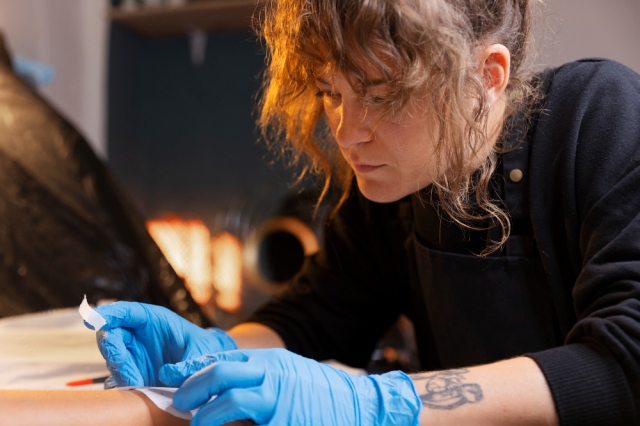Tattoos are often cherished as expressions of personal identity, creativity, and meaningful experiences. However, tastes change, circumstances evolve, and sometimes, the desire for tattoo removal arises.
Whether it's due to a shift in personal aesthetic, professional considerations, or simply wanting a fresh canvas, the demand for tattoo removal has surged in recent years. Fortunately, advancements in technology have made the process safer, more effective, and less invasive than ever before.
This article will delve into the various methods of tattoo removal, their pros and cons, and what to expect from each procedure.
1. Laser Tattoo Removal
This is the most common and widely accepted method for removing unwanted tattoos. It works by using high-intensity laser beams to break down the ink particles, allowing the body's immune system to gradually eliminate them. The procedure is typically performed over several sessions spaced several weeks apart to allow you to heal between treatments.
However, while laser removal can be highly effective, it may cause some discomfort during the procedure, and multiple sessions are often required for complete removal. Additionally, certain colors of ink may be more challenging to remove than others, and some individuals may experience temporary side effects like swelling, redness, or blistering. Therefore, you should always ensure you visit expert clinics to undergo laser tattoo removal, such as the team at https://aqmc.ae/.
2. Surgical Excision
Surgical excision involves physically cutting out the tattooed skin and stitching the surrounding skin back together. This method is most suitable for small tattoos and is often performed under local anesthesia. While surgical excision can provide immediate results, it may leave behind a scar, and there is a risk of other complications associated with any surgical procedure.
3. Dermabrasion
Dermabrasion involves using a high-speed rotary device to sand down the top layers of skin, gradually removing the tattoo pigment along with it. While dermabrasion can be effective, it is a more abrasive method that may require multiple sessions and it can be painful. Additionally, there is a risk of scarring and changes in skin texture with this procedure.
4. Chemical Peel
Chemical peels use acidic solutions to remove the top layers of skin, including the tattoo pigment. This method is typically less effective than laser removal and may require multiple treatments to achieve satisfactory results. Chemical peels can also cause skin irritation, redness, and sensitivity, and they are generally less predictable in terms of outcomes compared to laser removal.
5. Tattoo Removal Creams
These innovative creams work by penetrating the skin and breaking down the ink particles over time. While readily available over the counter, however, they are often ineffective and may even cause skin irritation or allergic reactions. Moreover, there is limited scientific evidence to support the efficacy of tattoo removal creams, and they are generally not recommended by dermatologists.
Conclusion
The removal of any tattoo is a personal decision that should be carefully considered based on individual circumstances and preferences. While there are various methods available, laser tattoo removal remains the gold standard for safe and effective removal of unwanted tattoos.
It's essential to consult with a qualified dermatologist or tattoo removal specialist to discuss the best approach for your specific tattoo and skin type. With the right treatment plan and realistic expectations, achieving clear skin is within reach for those seeking tattoo removal.






